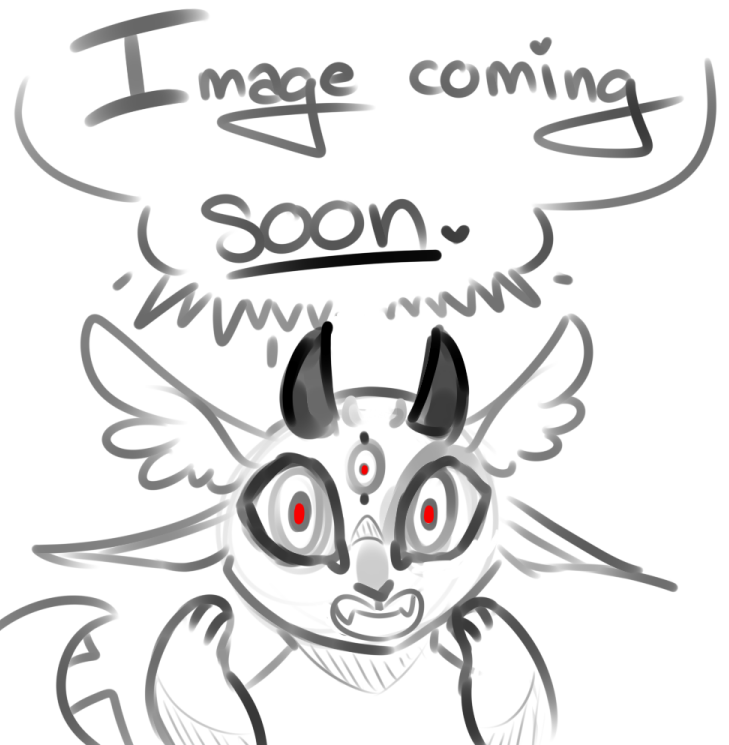Hrok

These hearty steeds of the desert are a staple in all of Nkazon’s societies. They make agile, sturdy mounts, and their long, sharp horns provide them with protection.
Aging
0-1: Calf
1-2: Yearling
2-20: Cow (female), Bull (male)
Average Lifespan: 20 years
Diet
Hrok are herbivores, and graze on whatever they can find. Grasses, shrubs, bark and twigs—you name it, they can eat it. In captivity, they eat grasses, hay, alfalfa, whatever their keepers can get a hold of.
Credit goes to Kila for writing
Appearance
Hrok are strange creatures. With a sturdy body something akin to a mix of a Deoni Cow and an Oryx, Hrok are creatures built for life in the desert. Their large heads are wedge-shaped, with small eyes and ears. Their dark eyes are rimmed in black, and they have exceptionally long eyelashes. The bridges of their noses are also dark in color. Facial markings vary from individual to individual. Their heads are topped with long, spiraling horns that can, and will, gouge predators. Their coats are various shades of cream and brown, and range from palest eggshell to sandy reds.
They have slender legs, with hooves that are somewhat soft, and flatten when the Hrok steps down, granting them greater traction in the desert sands and scrublands. Their long, whip-like tails are covered in coarse hairs. Especially useful for swatting away pesky flies and other irritants.
Males have fatty humps at the tops of their shoulders—the larger the hump, the better he looks to females. Females also have fatty humps, but theirs are significantly smaller; about half the size.
Abilities
Hrok are agile when they need to be, and sure of footing. Many are caught unaware at the speed of these stocky beasts. Usually, Hrok are slow creatures, who amble through the desert between oasis. Their noses can fully close, and their eyes have a third eyelid to protect them from errant sandstorms.
They are exceptionally good at storing water, and can drink vast amounts in a single gulp. When walking, their endurance is legendary, and they’ve been known to carry people across their backs for days on end.
Culture
In the wild, Hrok live in large herds. In spite of their large size they have few natural predators, save for the Sand Wyrm. Their herds contain many individuals, males, females, and calves. They migrate from oasis to oasis, north to south, and many smaller herds have even taken up life in the scrublands outside of the desert.
These docile creatures are easily tamed, and have taken well to domestication by desert peoples. Without them, desert travel would be near impossible. They’re highly versatile, used for everything from pack animals, mounts, and even for their milk.
Females have an exceptionally high milk yield, which provides desert peoples with cheese, yogurt, and fermented milk drinks.
Older animals are butchered for their meat, which ends up stewed, their bones become tools and jewelry, and their hides become leather. Even their coarse hairs are used in brushes.